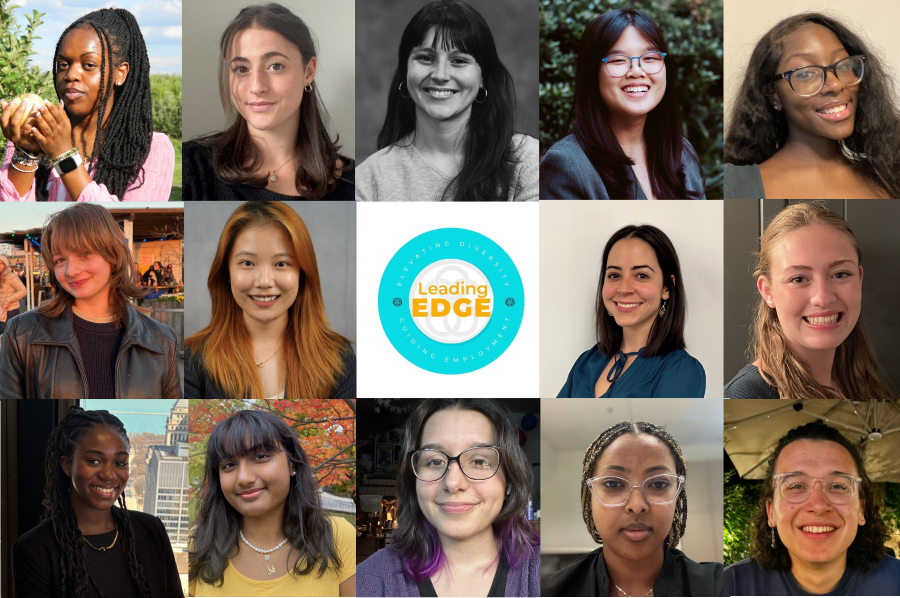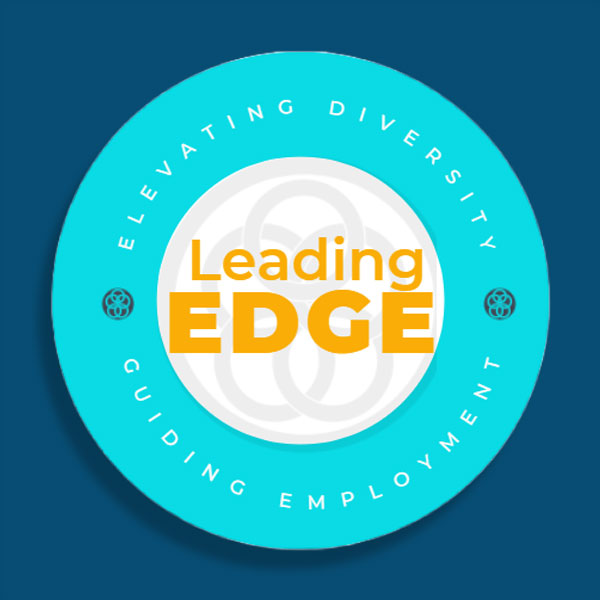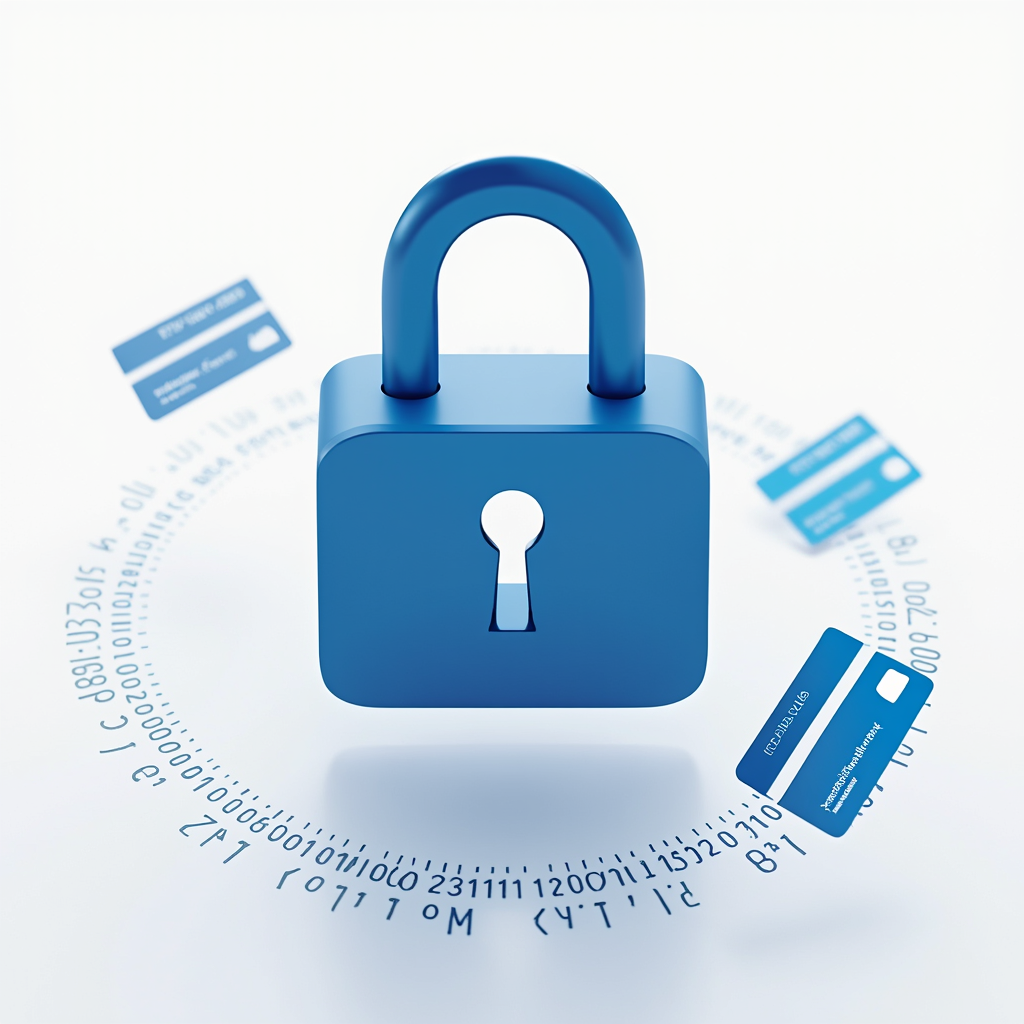Digital is no longer different
When I was a kid, there was a push to buy American. The thought was that if you bought a GM car, you were supporting your neighbor who worked at the plant. Now, here in Tennessee, we have friends who work at the Nissan plant down the road. What supports my neighborhood best: buying a non-US-made car from a US-headquartered company or a US-made care from a non-US-headquartered company? (Answer: continue replacing parts on my 2004 Saturn, but I digress.) What was a binary question is now a spectrum.
The same thing has happened with “online” or “digital.” What is more digital: using a digital variable press to customize your latest mail appeal or sending out a PDF of your print newsletter via email? Which is the more digital donor: the person who made their first donation online and their latest by mail or the person who made their first donation by mail and their latest online? Is a radio buy or an outdoor media buy a digital effort or an analog one, given that both the ordering process and delivery mechanisms vary in medium?
 Nonprofits try to put these in buckets. If someone posts back a check, it’s mail; if someone put in a credit card online, it’s digital. Or, more to the point for internal organizations, if the mail team sent it, it’s mail; online team is online.
Nonprofits try to put these in buckets. If someone posts back a check, it’s mail; if someone put in a credit card online, it’s digital. Or, more to the point for internal organizations, if the mail team sent it, it’s mail; online team is online.
But almost every donor has a mailbox and an email inbox. Almost every communication has digital and analog components. And almost every gift is a success borne of scores of parents if we could fully trace back the lineage.
Yet we organize around electrons and stamps as if they were Sharks and Jets.
In our modern workplace, we’re getting CVs from online job boards, interviewing on Zoom calls, and onboarding with video. Should we be creating a separate digital HR department? No. Those are skills that every HR department needs to have or evolve. Digital is no longer special or different; it is now a gear everyone needs to have.
Same thing with fundraising. The digital skill set is not optional. Even if you have never Insta’ed, Snapped, or Tiked a Tok, a new world has arrived where:
- Marginal costs of customization and personalization are going to zero. We’re not yet to the Minority Report level of ads that have your name in them as you pass them by. But ads are sufficiently accurate to our desires that even those without tinfoil hats wonder if their phones are listening to them. While digitally enabled, this isn’t exclusive to digital technology. Target, for example, has had to depersonalize some of its coupons because the results were too accurate and freaking out some customers. Analog fundraisers need to live in this digital-enabled world.
- Attribution is a beast. Once, the amount a mail piece raised was about equivalent to the amount put into the reply envelopes. No longer. Your mail piece may have caused someone to give online or prompted someone to call the toll-free number on the DRTV ad. Or that email or DRTV ad may have prompted someone to put a check in the envelope. Digital marketers have never known a world with single-cause donations and thus can guide through the hoops that must be jumped for accurate accounting.
- No area is untransformed or untransformable. Until 2020, you might not think traditional gala events would need a digital version or that major gift officers would need to be Zoom proficient. The scales have fallen from our eyes — no analog channel or communication is without a digital component or at least partly replaceable by it.
And yet I come here not to bury traditional media experts, but to praise them. As much as traditional staff need digital skills, it’s also vital that digital-first thinkers embrace unchanged and unchanging truths:
- Knowing why is vital and has never been more vital. Because I am cheap, I tend to buy my books—traditional, e-, and audio—when there is a sale. As a result, my Amazon recommendations tend to be for items that were on sale when I bought something else that was on sale, because other cheapskates like me tended to buy the two things together. Never mind that I didn’t even want to pay the sale price for the item before. Amazon has confused data with insight. So will we if we don’t delve into how donors do the same things for different reasons. And we’ll miss playing that reason back to them in the future, which is as close to telling them to pound sand as is polite.
- The most important currency is time, not money. Traditional marketers were brought up in a system where every communication had a marginal cost; digital folks know that there’s no cost to pushing out another email. Except that there is. Research shows that the email reminder—a staple of the volume-focused digital market—has a net negative impact on donations because of unsubscribes and irritation. Donors can spot a time waster online and off and thus it’s helpful to imagine each email costs money even if it doesn’t because it does cost in a more vital currency.
- One must control the donor information. Will TikTok be shut down in the United States? If so, will creators there lose their livelihoods and audiences? If so, they join those who built on Periscope, Meerkat, MySpace, Google Plus, Google Wave, Google Buzz, Google Reader, Dmoz, Ello, Vine, YikYak, or Quibi. (What? Quibi isn’t dead yet? Have you checked today?) Losing your audience is the most extreme version; the more common scenario is that the sites that provide the road between you and a donor make it a toll road. A traditional marketer worth their salt may have started when donor information was contained in punch cards, index cards, or filing cabinets, but they aren’t wrong that you need it to have a real relationship.
There is much we must learn from one another. Because we are to the point that there are no longer analog fundraisers or digital fundraisers; there are only fundraisers who will succeed and those who will not.
Nick Ellinger, Chief Brand Officer with Moore, was formerly editor and contributor to the Agitator blog. He ran Mothers Against Drunk Driving’s direct marketing program for a decade, where he discovered his passion to help the nonprofit sector break through the 2% of GDP individual giving ceiling we’ve seen for decades. You can enjoy more of Nick’s written perspective in his 2019 book The New Nonprofit, available on Amazon.




